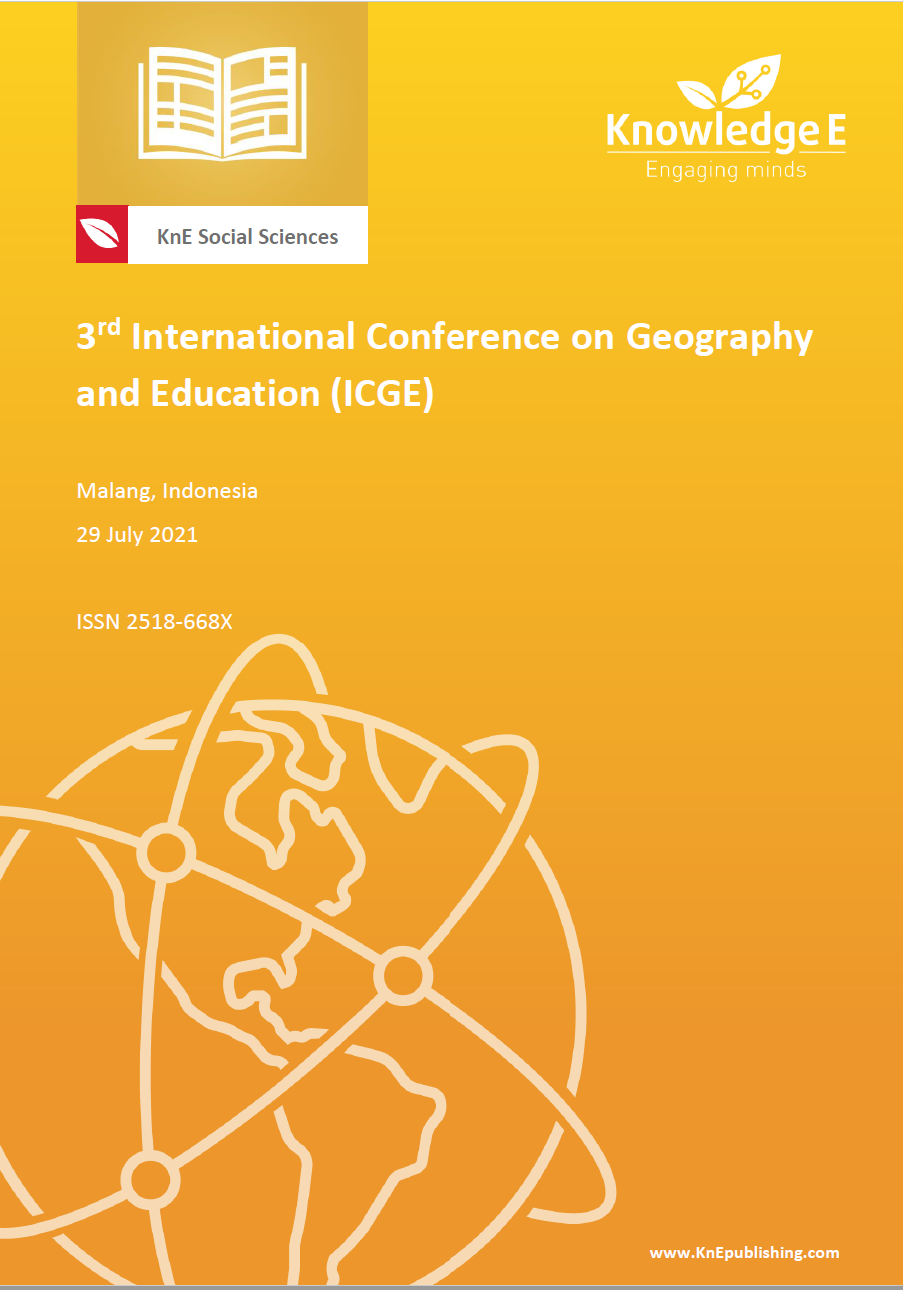Tsunami Resettlement Program and Survivor Satisfaction Fifteen Years After the 2004 Tsunami in Aceh, Indonesia
DOI:
https://doi.org/10.18502/kss.v7i16.12153Abstract
Fifteen years after the Aceh tsunami, the housing for the tsunami survivors has undergone material changes and shifts in ownership. This study analyzed the survivors’ satisfaction with the housing aid and examined the decision-making mechanisms that occurred during the rehabilitation-reconstruction period for housing construction in the relocation and non-relocation areas. This study used qualitative-descriptive methods. Interviews and focus group discussions were used to collect the data and respondents were selected by purposive sampling. The findings indicated that the decision-making in the relocation and non-relocation areas for housing reconstruction was partially top-down. There were four aspects of this decision-making: (1) choice of location; (2) quality and materials of the house; (3) house construction; and (4) supervision of house construction. However, the survivors in both the relocation and non-relocation areas were only involved in the house construction and supervision of house construction elements. The survivors’ satisfaction criteria differed between those in the relocation vs. non-relocation areas. The satisfaction of survivors in the relocation areas was based on the distance and quality of the houses and access to public facilities. For the non-relocation area survivors, house quality was the only significant factor.
Keywords: life satisfaction, survivors’ satisfaction, housing, relocation, decision-making
References
[2] Siregar MI, Dawood TC, Rizki CZ, Reza M. Why tsunami survivors remain living in the same location? Evidences from Lampulo Village, Banda Aceh. The 11th Aceh International Workshop and Expo on Sustainable Tsunami Disaster Recovery [Internet];2018 Oct 10–12; Banda Aceh, Indonesia. United Kingdom: IOP Conference Series: Earth and Environmental Science; 2019 [cited 2021 Jan 23]. Available from: https://iopscience.iop.org/article/10.1088/1755-1315/273/1/012060
[3] Badan Rehabilitasi dan Rekonstruksi. Village planning guidelines. Banda Aceh, Indonesia: Badan Rehabilitasi dan Rekonstruksi; 2006.
[4] Steinberg F. Housing reconstruction and rehabilitation in Aceh and Nias, Indonesia— Rebuilding lives. Habitat International. 2007;31(1):150-166.
[5] Undang-undang no. 24 tahun 2007. https://bpbd.jatengprov.go.id/aksi/assets/ upload/files/UU_No_24_Tahun_2007.pdf
[6] Maly E. Building back better with people centered housing recovery. International Journal of Disaster Risk Reduction and Social Sciences. 2018;29:84-93.
[7] Badan Rehabilitasi dan Rekonstruksi. Perumahan – Membentang atap berpilar asa. Jakarta: Seri Buku Badan Rehabilitasi dan Rekonstruksi; 2009.
[8] Oktari RS, Nugroho A, Fahmi M, Suppasri A, Munadi K, Amra R. Fifteen years of the 2004 Indian Ocean tsunami in Aceh-Indonesia: Mitigation, preparedness and challenges for a long-term disaster recovery process. International Journal of Disaster Risk Reduction. 2021;54:1-6.
[9] Prasoon R, Chaturvedi KR. Life satisfaction: A literature review. The Researcher- International Journal of Management Humanities. 2016;1(2):25-32.
[10] Putri BK. Hubungan antara social comparison dengan kepuasan hidup pada wanita yang bekerja [Doctoral dissertation]. Surabaya, Indonesia: UIN Sunan Ampel Surabaya; 2018.
[11] Kaitilla S. Satisfaction with public housing in Papua New Guinea: The case of West, Taraka housing scheme. Environment and Behavior. 1993;25(3):514-545.
[12] Rand EC, Hirano S, Kelman I. Post-tsunami housing resident satisfaction in Aceh. International Development Planning Review. 2011;33(2):187-211.
[13] Ophiyandri T, Amaratunga D, Pathirage C, Keraminiyage K. Critical success factors for community-based post-disaster housing reconstruction projects in the preconstruction stage in Indonesia. International Journal of Disaster Resilience in the Built Environment. 2013;4(2):236-249.
[14] Fanany I. Post-disaster reconstruction. United States of America: Routledge; 2010. Towards a model of constructive interaction between aid donors and recipients in a disaster context: The case of Lampuuk; p. 120-138.
[15] Boen T. Building a safer Aceh, reconstruction of houses, one year after the Dec. 26, 2004 tsunami. Paper presented at: 40th Anniversary of Trisakti University – Answering the Challenges in Today’s Civil Engineering; 2006 Jan 26; Surabaya, Indonesia.
[16] Lunenburg FC. The decision making process. National Forum of Educational Administration & Supervision Journal. 2010;27(4):75-83.
[17] Hayles CS. An examination of decision making in post disaster housing reconstruction. International Journal of Disaster Resilience in the Built Environment. 2010;1(1):103-122.
[18] Deniz M. The relationships among coping with stress, life satisfaction, decisionmaking styles and decision self-esteem: An investigation with Turkish university students. Social Behavior and Personality. 2006;34(9):1161-1170.
[19] Dey I. Qualitative data analysis: A user friendly guide. United States of America: Routledge; 1993.
[20] Badan Pusat Statistik. Kabupaten kota Banda Aceh dalam angka. Badan Pusat Statistik; 2006 [cited 2021 Feb 23]. Available from: https://bandaacehkota.bps.go.id
[21] Badan Pusat Statistik. Kabupaten Aceh besar dalam angka. Badan Pusat Statistik; 2006 [cited 2021 Feb 23]. Available from: https://acehbesarkab.bps.go.id
[22] Sutopo S. Metodologi penelitian kualitatif: Dasar teori dan terapannya dalam penelitian. Surakarta: Universitas Sebelas Maret; 2006.
[23] Matondang Z. Validitas dan reliabilitas suatu instrumen penelitian. Jurnal Tabularasa. 2009;6(1):87-97.

